At the Parque de las Ciencias in Granada, Spain there is this long tube, open at the end nearest you and closed at the far end. We can calculate the length of this tube just from the audio recording, because we know the speed of sound. Here’s the waveform of part of the recording, showing […]
A super-simple speech recogniser
We make what is possibly the world’s simplest speech recognition system. It can only recognise two different words, but will help you understand the basic idea of pattern recognition using template matching. The templates are just pre-recorded words, with known labels. The features extracted are just two formant frequencies in the middle of the word, […]
Windowing
When we say that a signal is non-stationary we mean that its properties, such as the spectrum, change over time. To analyse signals like this, we need to first assume that these properties do not change over some short period of time, called the frame. We can then analyse individual frames of the signal, one at a […]
Sampling and quantisation
Is digital better than analogue? Here we discover that there are limitations when storing waveforms digitally. We learn that the consequence of sampling at a fixed rate is an upper limit on the frequencies that can be represented, called the Nyquist frequency. In addition to the limitations of sampling, storing each sample of the waveform as a […]
Spectrum and spectrogram
The spectrum and the spectrogram are much more useful ways of analysing speech signals than the waveform. We look at how to create them using Wavesurfer and what effect the analysis window size has on what we see.
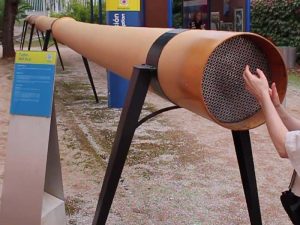
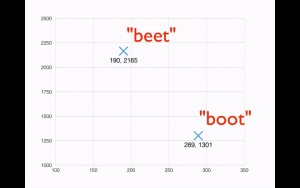
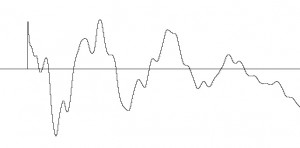
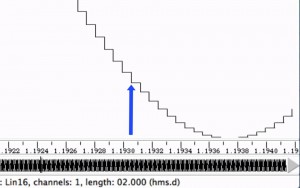
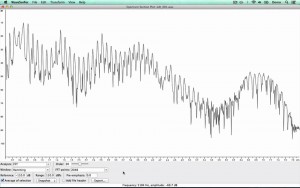
 This is the new version. Still under construction.
This is the new version. Still under construction.